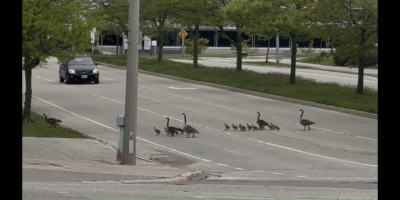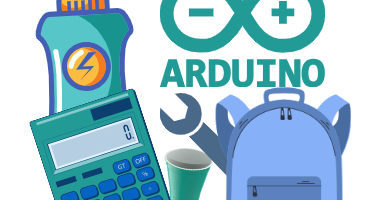LinkedIn. It’s another one of those social media sites that seems to have become standard, along with Facebook and twitter among others. Since it’s inception, LinkedIn has been marketed as a networking tool for literally everyone, allegedly connecting employers to job searchers with nothing but the click of a mouse. Well dear readers, I think we can all agree that this would be practically impossible. That being said, there is no question that LinkedIn certainly has its uses, as are outlined below.
When you first head over to the LinkedIn site, you create a personal profile, which is more or less like your resume. You can also add interests, causes or issues you care about and of course a profile photo. It is also important to add your skills to your profile (they go in a separate section) so that employers can quickly scroll down and have a look at specific technical skills you may have that match what they are looking for. A definite advantage to this profile is that you can present your work experience, education, goals, etc. in considerably more detail than on a traditional two to three page resume. Keep in mined that conciseness is key for every section and experience you choose to discuss.
Now that you have your LinkedIn profile, how will you use it? Start off by adding professional people from all aspects of your life as connections. I put special emphasis on the word ‘professional’ because employers will be able to see who your connections are if they are looking at your profile, so be careful! Next, Make sure you add any contacts you make after an informational interview or any other new people you meet. This is a good way to keep track of your network contacts without spending a lot of time.
However, just because you have added someone on LinkedIn does not mean that you are actually still acquainted in real life. Like all social media sites, this is the major downfall as it does not give you a real relationship with your LinkedIn connection – why, they probably have over 500 connections if they have been working for a long time, so you may be nothing but a statistic. The take home message here: Follow up by phone or by e-mail: It sets you apart from those other 499 connections!
Now that we’ve addressed that pressing issue, we can move on to some of the hidden gems buried within LinkedIn. Remember the skills section I mentioned earlier? Your connections can endorse you for skills you have on your profile or even those that you may not. Multiple endorsements for particular skills will help draw employers and recruitment personnel to your profile. Another handy feature is being able to ‘follow’ companies that you may be interested in. This way, you can get the latest news on their business and products as well as potential job openings. Groups are also useful for this: Many of them are based on school or general interest activities, but there may be good contacts to be made, particularly if you can bond over similar interests. Well there you have it. LinkedIn certainly has its ups and downs, but it is still a good networking tool that is easy to make use of.




Leave a Reply